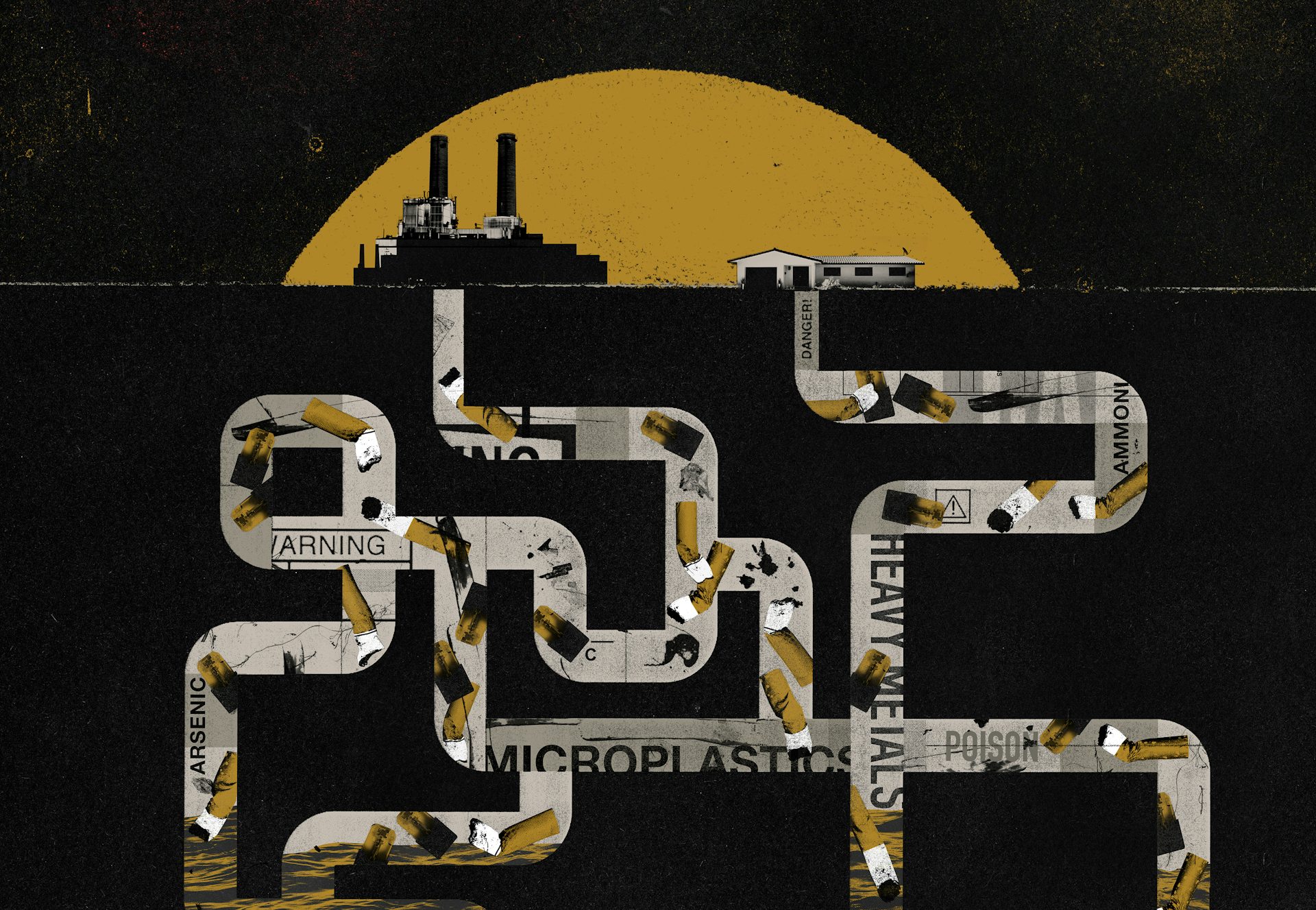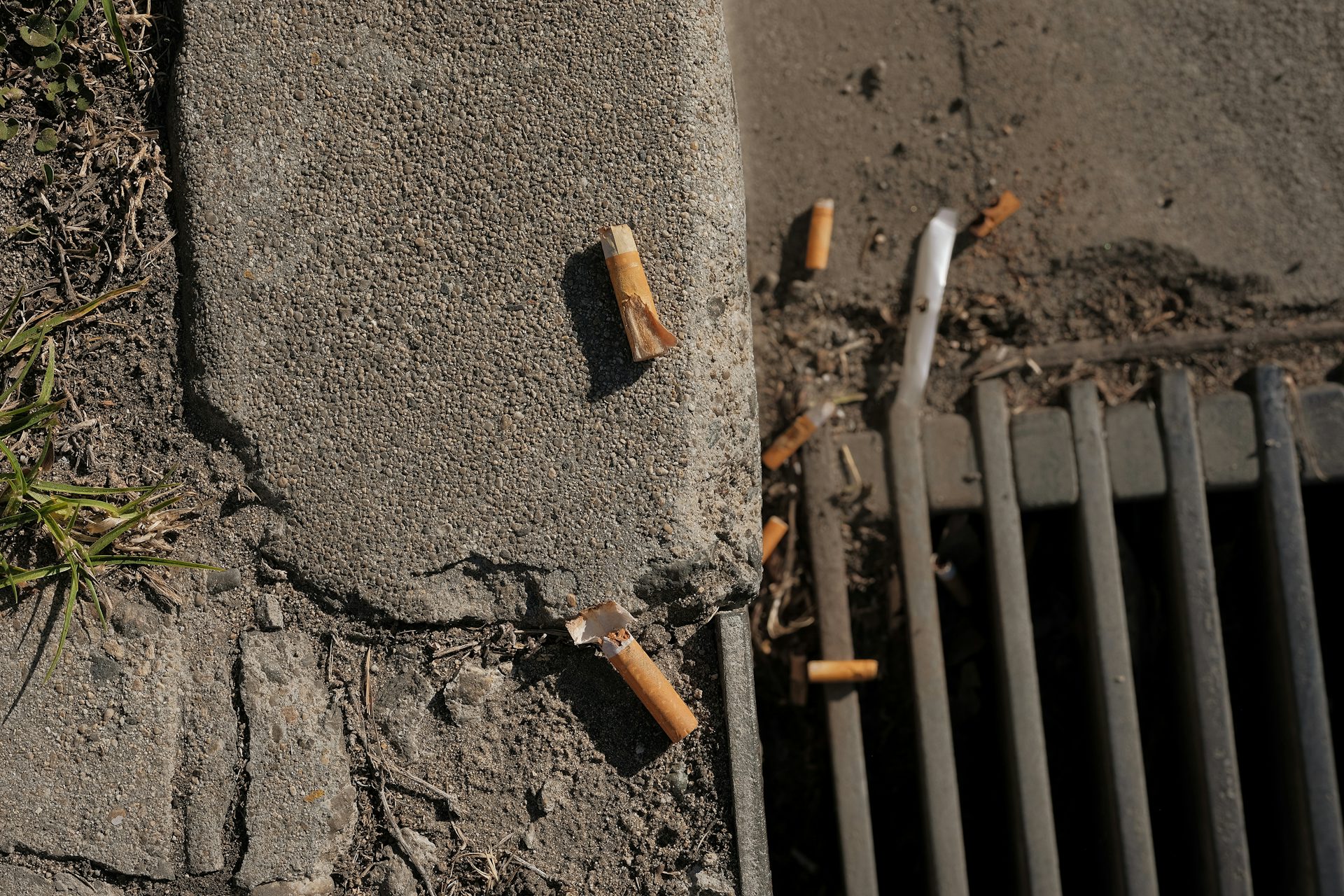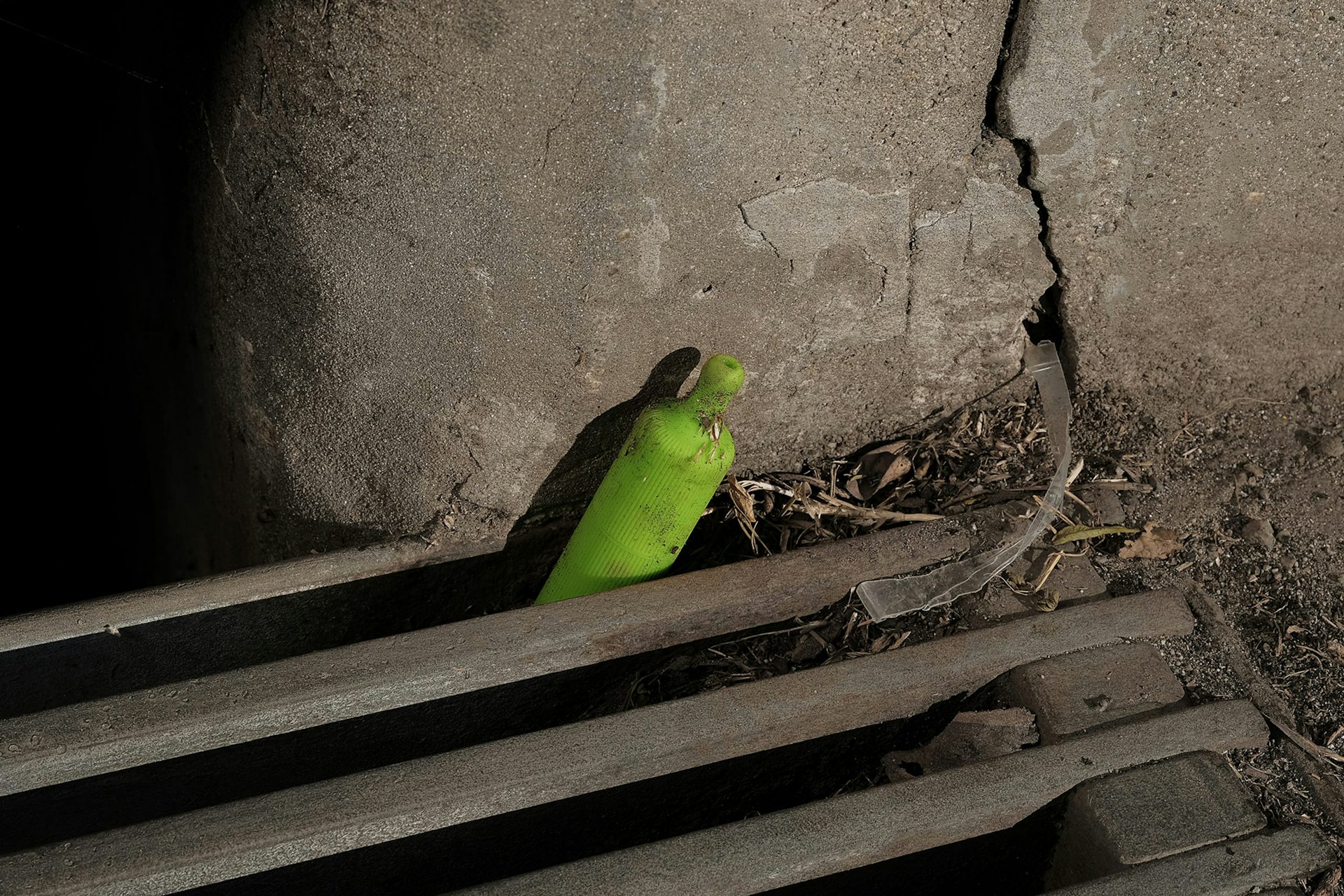- California Environmental Protection Agency. Proposed Identification of Environmental Tobacco Smoke as a Toxic Air Contaminant. Sacramento, CA: California Environmental Protection Agency, Office of Environmental Health Hazard Assessment; 2005.
- Break Free From Plastic. Branded Vol. III: Demanding corporate accountability for plastic pollution. 2020
- World Health Organization. Tobacco and its environmental impact: an overview. Geneva: World Health Organization; 2017.
- Environmental Protection Agency (1980). CFR §261.33 Discarded commercial chemical products, off-specification species, container residues, and spill residues thereof.
- Hendlin YH. Alert: Public Health Implications of Electronic Cigarette Waste. Am J Public Health. 2018;108(11):1489-1490. doi:10.2105/AJPH.2018.304699.
- Novotny TE, Slaughter E. Tobacco Product Waste: An Environmental Approach to Reduce Tobacco Consumption. Curr Environ Health Rep. 2014;1(3):208-216. Published 2014 May 6. doi:10.1007/s40572-014-0016-x.
- Krause MJ, Townsend TG. Hazardous waste status of discarded electronic cigarettes. Waste Manag. 2015;39:57-62. doi:10.1016/j.wasman.2015.02.005.
- Hendlin YH. E-cigarettes and a new threat: How to dispose of them [blog]. The Conversation. https://www.universityofcalifornia.edu/news/e-cigarettes-and-new-threat-how-dispose-them. Published October 23, 2018. Accessed July 7, 2020.
- Slaughter E, Gersberg RM, Watanabe K, Rudolph J, Stransky C, Novotny TE. Toxicity of cigarette butts, and their chemical components, to marine and freshwater fish [published correction appears in Tob Control. 2011 Nov;20(6):418]. Tob Control. 2011;20 Suppl 1(Suppl_1):i25-i29. doi:10.1136/tc.2010.040170.
- Novotny TE, Slaughter E. Tobacco Product Waste: An Environmental Approach to Reduce Tobacco Consumption. Curr Environ Health Rep. 2014;1(3):208-216. Published 2014 May 6. doi:10.1007/s40572-014-0016-x.
- Ocean Conservancy, International Coastal Cleanup. We Clean On, 2021 report. Washington, DC: Ocean Conservatory, International Coastal Cleanup; 2021.
- Belzagui F, Buscio V, Gutiérrez-Bouzán C, Vilaseca M. Cigarette butts as a microfiber source with a microplastic level of concern. Science of The Total Environment. 2021;762:144165. doi:10.1016/j.scitotenv.2020.144165.
- Rochman CM, Tahir A, Williams SL, et al. Anthropogenic debris in seafood: Plastic debris and fibers from textiles in fish and bivalves sold for human consumption. Sci Rep. 2015;5:14340. doi:10.1038/srep14340.
- Choy CA, Robison BH, Gagne TO et al. The vertical distribution and biological transport of marine microplastics across the epipelagic and mesopelagic water column. Sci Rep. 2019;9:7843. doi: https://doi.org/10.1038/s41598-019-44117-2.
- Prata JC. Airborne microplastics: Consequences to human health?. Environ Pollut. 2018;234:115-126. doi:10.1016/j.envpol.2017.11.043.
- UC Berkeley, University Health Services. Facts about cigarette butts and smoke. uhs.berkeley.edu. https://uhs.berkeley.edu/tobaccofacts Accessed February 25, 2022.
- Novotny TE, Bialous SA, Burt L, et al. The environmental and health impacts of tobacco agriculture, cigarette manufacture and consumption. Bull World Health Organ. 2015;93(12):877-880. doi:10.2471/blt.15.152744.
- Whitt DD. Beach Anti-Litter Program. Expansion of Daytona Beach Program. RJ Reynolds Records; Master Settlement Agreement. 1991 May 06. https://www.industrydocuments.ucsf.edu/docs/lxfb0082.
- Litter (A Proposal For TI Policy). RJ Reynolds Records; Master Settlement Agreement. 1979 March 26. https://www.industrydocuments.ucsf.edu/docs/yzdk0016.
- Smith EA, McDaniel PA. Covering their Butts: Responses to the Cigarette Litter Problem. Tob Control. 2011;20(2):100. doi:10.1136/TC.2010.036491.Smith EA, McDaniel PA. Covering their Butts: Responses to the Cigarette Litter Problem. Tob Control. 2011;20(2):100. doi:10.1136/TC.2010.036491.
- Smith EA, Novotny TE. Whose butt is it? tobacco industry research about smokers and cigarette butt waste. Tob Control. 2011;20 Suppl 1(Suppl_1):i2-i9. doi:10.1136/tc.2010.040105.
- Martinez C. No ifs, ands or butts: California bill would ban single-use smoking products like cigarette filters. Los Angeles Times. https://www.latimes.com/california/story/2022-01-25/california-bill-would-ban-single-use-cigarette-filters. Pubished January 25, 2022.
- Krause MJ, Townsend TG. Hazardous waste status of discarded electronic cigarettes. Waste Manag. 2015;39:57-62. doi:10.1016/j.wasman.2015.02.005.
- Environmental Protection Agency (1980). CFR §261.33 Discarded commercial chemical products, off-specification species, container residues, and spill residues thereof. https://www.govinfo.gov/content/pkg/CFR-2012-title40-vol27/pdf/CFR-2012-title40-vol27-sec261-33.pdf.
- Hendlin YH. E-cigarettes and a new threat: How to dispose of them [blog]. The Conversation. https://www.universityofcalifornia.edu/news/e-cigarettes-and-new-threat-how-dispose-them. Published October 23, 2018. Accessed July 7, 2020.
- Seeberger J, Grandhi R, Kim SS, et al. Special Report: E-Waste Management in the United States and Public Health Implications. J Environ Health. 2016;79(3):8-16.
- Federal Trade Commission. Federal Trade Commission Cigarette Report for 2020. Washington, D.C.: Federal Trade Commission. 2021.
- OpenSecrets. Industry Profile: Tobacco. Opensecrets.org. https://www.opensecrets.org/federal-lobbying/industries/summary?cycle=2021&id=A02. Accessed March 16, 2022.
- Office on Smoking and Health (US). The Health Consequences of Involuntary Exposure to Tobacco Smoke: A Report of the Surgeon General. Atlanta (GA): Centers for Disease Control and Prevention (US); 2006.
- RJ Reynolds. Younger Adult Smokers: Strategies and Opportunities. https://www.industrydocuments.ucsf.edu/docs/rkvk0045. 1984 February 29.
- Anderson SJ. Marketing of menthol cigarettes and consumer perceptions: a review of tobacco industry documents. Tob Control. 2011;20 Suppl 2(Suppl_2):ii20-ii28. doi:10.1136/tc.2010.041939.
- Poma A, Vecchiotti G, Colafarina S, et al. In Vitro Genotoxicity of Polystyrene Nanoparticles on the Human Fibroblast Hs27 Cell Line. Nanomaterials (Basel). 2019;9(9):1299. Published 2019 Sep 11. doi:10.3390/nano9091299.
- Zarus GM, Muianga C, Hunter CM, Pappas RS. A review of data for quantifying human exposures to micro and nanoplastics and potential health risks. Sci Total Environ. 2021;756:144010. doi:10.1016/j.scitotenv.2020.144010.
- Jacob H, Besson M, Swarzenski PW, Lecchini D, Metian M. Effects of Virgin Micro- and Nanoplastics on Fish: Trends, Meta-Analysis, and Perspectives. Environ Sci Technol. 2020;54(8):4733-4745. doi:10.1021/acs.est.9b05995.
- Ziv-Gal A, Flaws JA. Evidence for bisphenol A-induced female infertility: a review (2007-2016). Fertil Steril. 2016;106(4):827-856.
- Campanale C, Massarelli C, Savino I, Locaputo V, Uricchio VF. A Detailed Review Study on Potential Effects of Microplastics and Additives of Concern on Human Health. Int J Environ Res Public Health. 2020;17(4):1212. Published 2020 Feb 13. doi:10.3390/ijerph17041212.
- Governor Newsom Signs Legislation Making California First in the Nation to Ban Toxic Chemicals in Cosmetics [press release]. gov.ca.gov. https://www.gov.ca.gov/2020/09/30/governor-newsom-signs-legislation-making-california-first-in-the-nation-to-ban-toxic-chemicals-in-cosmetics/. Published September 30, 2020. Accessed March 23, 2022.
- Landmark California law bans 'forever chemicals' in products for infants, children [press release]. ewg.org. https://www.ewg.org/news-insights/news-release/2021/10/landmark-california-law-bans-forever-chemicals-products-infants. Published October 5, 2021. Accessed March 23, 2022.




